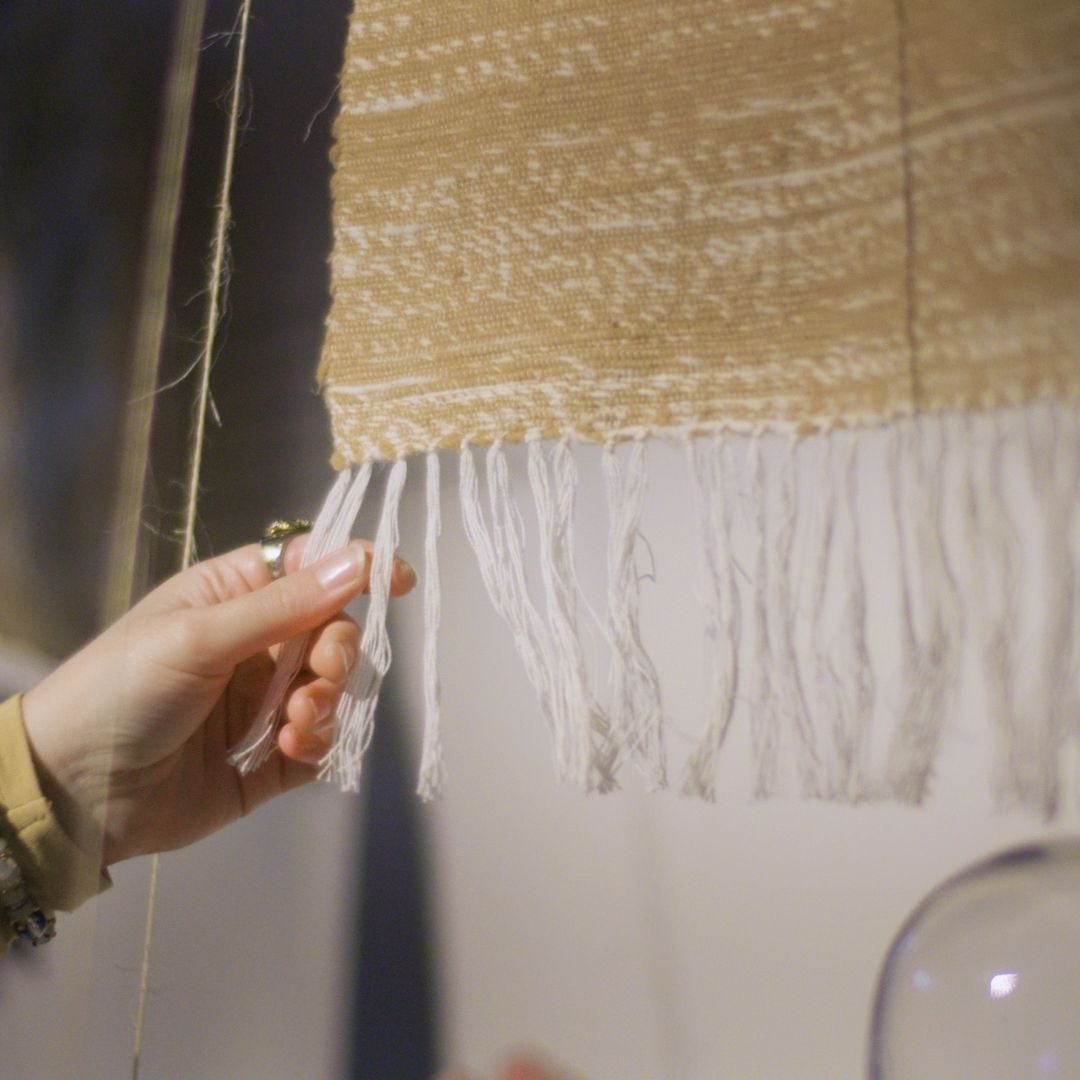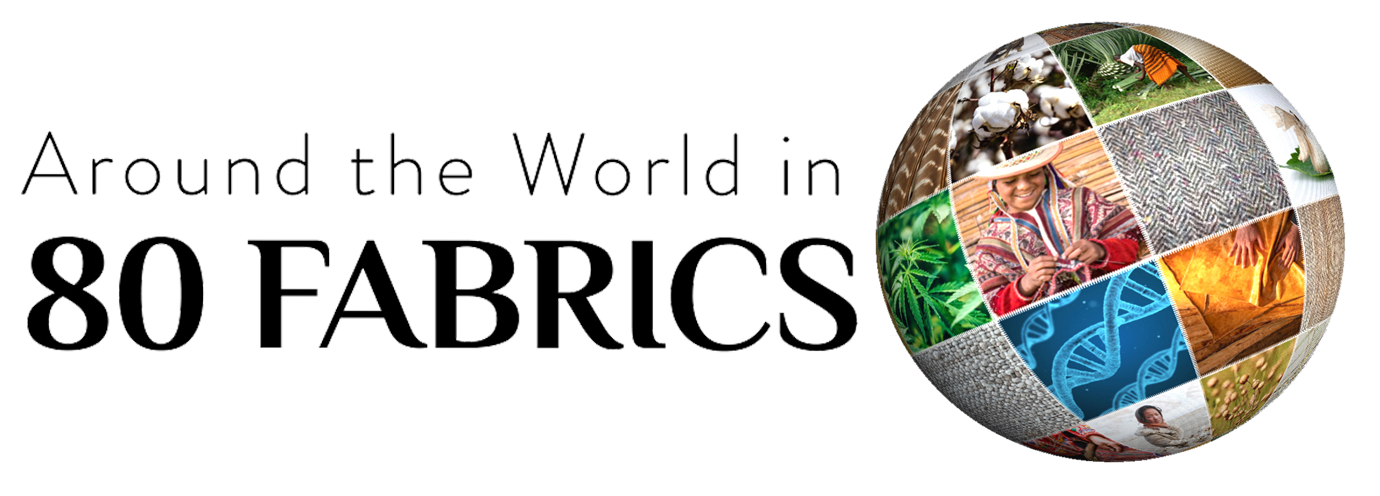
FABRIC: CHAGUAR
Region: Argentina
Fabric Name:
Wichí Chumtés, commonly known as Chaguar
Origin:
Chaguar fiber, Bromelia hieronymi
Who made our fabric:
Sourced from Nuraxi who works with indigenous Wichi women, Gran Chaco, Argentina
Natural history and ecology:
Six months of each year, Wichi women travel into the forest in small groups to harvest chaguar in the traditional way, with wooden spades or machetes. Each gathers only the material she independently needs for her work.
What makes this so special: This material and the techniques for creating the fabric are centuries old and exclusive to this region. Because the chaguar plant does not grow well where the groups now live, they travel forty-five to seventy-five kilometers to the east two times a year. In the Chaco, the chaguar is plentiful but they cannot gain access to large areas because the forest is being sold by international companies as private ranches surrounded by electric fences. Every year they must travel greater distances to gather the chaguar.
Additionally, the entire process is incredibly labor intensive. As an example, in just one part of the process, spinning the fibers for thread for a small bag, can take fifteen hours.
A stunning cloth born from the intersection of environment, function, and culture.
According to traditional Wichí narrative, originally men lived on the earth and women in the sky from which the women descended on a thread of chaguar to steal the men’s meat while they were out hunting. One time a man stayed behind and cut the string, trapping the women.
John Palmer, Wichí Goodwill: Ethnographic Allusion.
Image, “The Changing Role of Chaguar Textiles in the Lives of the Wichí, an Indigenous People of Argentina,” Rachel Green

“Each collectible Chaguar textile is handspun and handwoven in Formosa, Argentina, by a community of Wichi women, then dyed by hand using natural dyes.”
— Teresa Robinson/ Chaguar
Teresa Robinson
Teresa Robinson, the curator of Nuraxi. Nuraxi, named after an ancient trading post, Su Nuraxi, a Bronze age fortified village located in Sardinia, is a collective that showcases exquisite handmade products made exclusively from 100% natural materials. Embracing ancestral techniques and innovative design processes, Nuraxi sources from various corners of the globe. Meticulously curated by Teresa, Nuraxi serves as a gathering place where quality, craftsmanship, nature, and soul converge. Teresa's life has been an ongoing journey, encapsulating connections, languages, and diverse perspectives. Born to an Argentine mother and an American father, she embarked on a career in international community development, peace, and education. Through her work, she witnessed firsthand the impact of evolving social and economic structures on traditional ways of life across the world. Nuraxi is a culmination of Teresa's experiences, dedication, and aspirations to foster demand for handmade, high-quality natural products that empower local economies. It is her personal response and contribution to an intricate and multifaceted world. NURAXI continues this tradition, bringing customers and artisans from around the world together.


